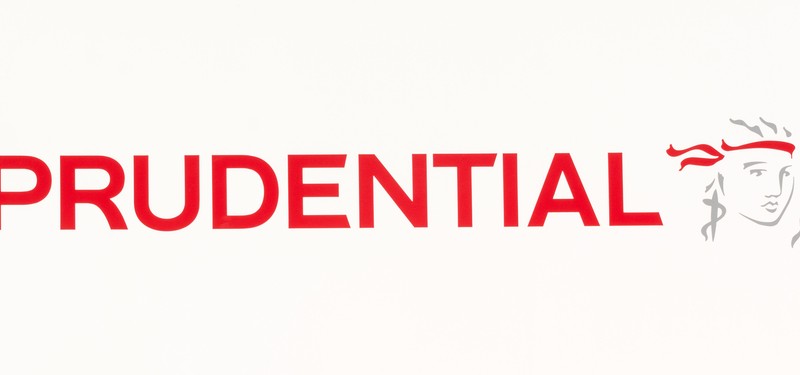Prudential: Not overvalued at this stage

In the first half of the current year Prudential posted continued strong growth after a solid performance last year. It is an attractive long term investment with some possible short term upside if the second half comes storming in. It is not overvalued at this stage and represents, in my opinion, a useful building block for a long term portfolio of shares looking for an increasing long term store of value and a growing dividend income stream.
The results from Prudential (PRU) were excellent last year to 31st December 2014 and excellent again with the half year results to 30th June 2015.
Last year there was a significant increase in what is known as “European Embedded Value (EEV).” This is a regulatory return which applies to the profits earned, over the long term, by life assurance companies on long term contracts. In simple terms, profits build up on a constant exchange rate basis, year by year, after taxation has been charged, under an IFRS basis of accounting (so as to compare and contrast the profitability on one contract with another and the overall profits of one company with another). Such contracts should go on rising until a contract has been completed. As the value rises, over time, so do the life assurance company’s profits. They are designed to iron out short term fluctuations, like market movements and the sale of investments etc. As each policy contract rises in value as a result of contributions and market returns, so too do the management returns of the company managing them.
In summary, last year revenue rose 14.6%, the operating margin rose to 4.4% from 3.4%, operating income increased 48% and reported earnings per share increased by almost two thirds. The question was whether or not the first half of this year would be as good…
The first half of the current year
In the first half of the current year, there was strong growth in the value of Asian contracts as the result of market returns and the addition of new customers. New business in Asia increased by 34% and total long term business by 29%, so that the Asian market business reached an EEV value of over £ 9 billion. Similarly the UK business (which is much smaller in size and more mature in its nature) posted a useful 6.2% increase. The Pru’s US business Jackson life fell 2% on that basis.
Consequently, the Pru’s Asian market contributed approximately 48% of the embedded value as new insurance habits grew and market returns improved. The US business represented 35% and the UK about 17%. The Pru is thus a big and growing overseas service provider for the UK, generating long term profits. For the company as a whole, the EEV value of life business grew over 17% to £2.2 billion. The EEV value was reported as worth 1,170p a share. In consequence, the interim dividend was raised 10% to 12.3p a share of which it goes ex-dividend on October 20th.
Also in consequence, the company was able to report a £5.2 billion capital surplus, which amounted to 2.5 times that required for regulatory capital solvency purposes.
Net income was reported up 22% and operating cash flow up 310% to just under £2.4 billion as investing costs declined 90% on last year. As a result, half year end cash rose 40% to some £8.3 billion. The half yearly dividend cost of £659 million was thus hugely well covered by cash.
The prospects for this year as a whole
Taking the market consensus as our guide, earnings are estimated to rise 13% this year (to about 109p a share) and next year by 12% (to an estimated 122p a share.) That puts prudential shares on forward forecast earnings per share ratios of around 14 times for this year and 12 times for next year. Annual dividends are estimated to rise by 4% to give a forecast yield of 2.6% this year (that now looks conservative in my opinion given first half results) and 2.9% next year. Although that makes the valuation appear fair value, this is an attractive equity with impressive prospects in Asia over coming years. It looks a good long term buy for those investors looking for rising dividend income and an increasing store of value.
Comments (0)